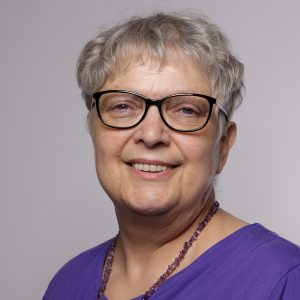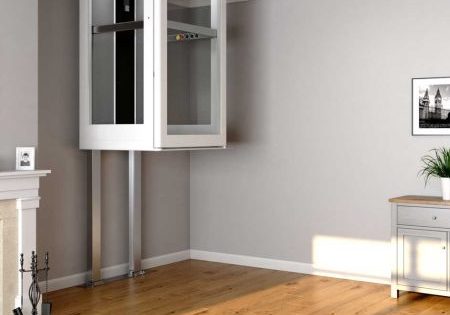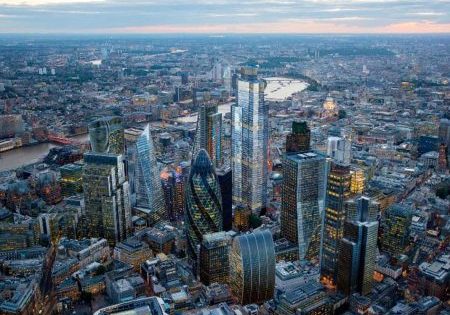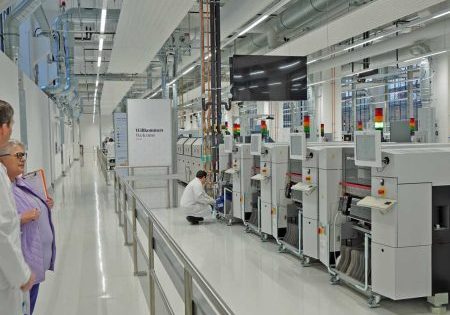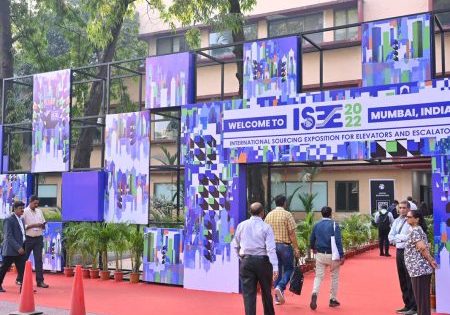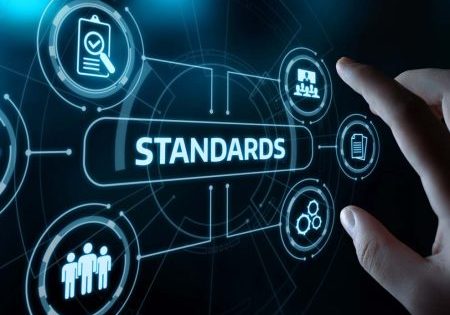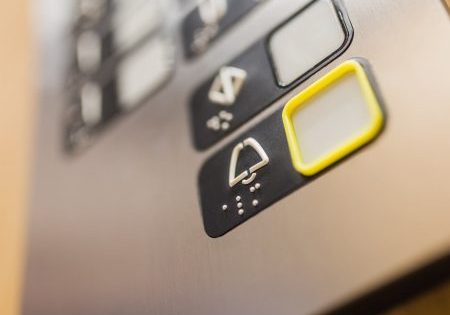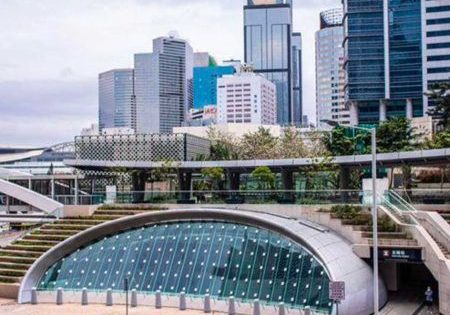“Solving Exciting Tasks Together”
Feb 5, 2023

Your author interviews the new German face in elevator standardization.
Your author (SB) recently had the opportunity to talk with Eberhard Vogler (EV), chief engineer, Codes & Standards, at TK Elevator’s Innovation and Operations division based in Germany, about his new role representing Germany in European and international elevator standardization. In November 2022, he took over this role from Dr. Gerhard Schiffner, also of TK Elevator (TKE).
SB: Mr. Vogler, could you please give us some information about your personal and professional background.
EV: I completed two apprenticeships at a young age: as a mechanic and an industrial electronics technician. This interest in the interface between electrical and mechanical engineering has guided me throughout my entire professional life. Later, I studied mechanical engineering and then joined TKE in the field of elevator development.
For more than 14 years, I was responsible for the development of traction machines. I was involved in the development and transition from asynchronous driven to permanently energized synchronous driven machines in all sizes up to a peak power of more than 1 MW. For example, these machines were produced for the Shanghai World Financial Center, the second-tallest skyscraper in the city at 492 m. The same drives were also used for One World Trade Center in New York City. I have always found it very rewarding to see the real prototypes in action and later also to visit the production sites in our factories.
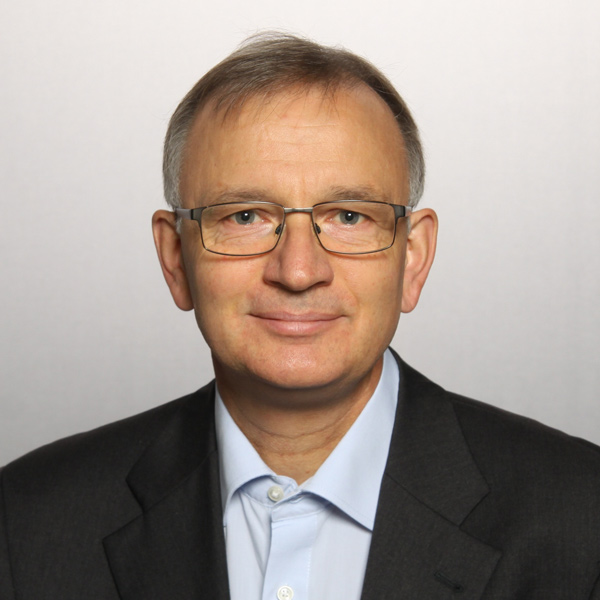
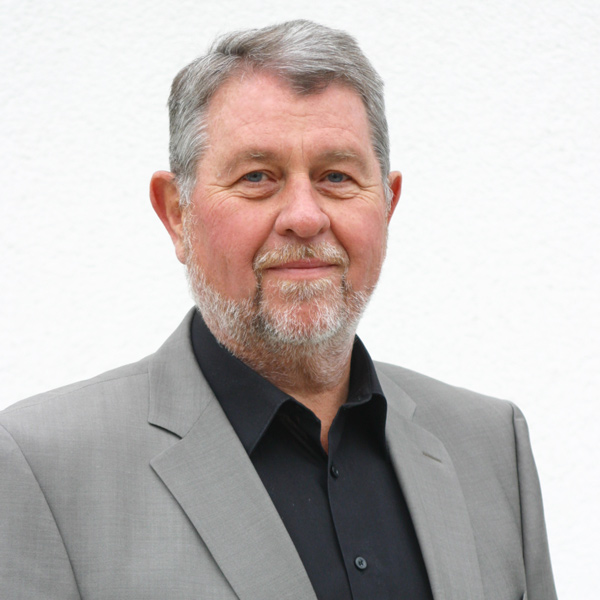
After this fascinating time, I managed the Test & Qualification department at TKE for seven years. During this time, I was deeply involved in the planning of the Test Tower in Rottweil, Germany, and the processes required for its subsequent operation, including the necessary technical equipment.
SB: Do you also have a life outside of work?
EV: Oh yes. I’m married and have two children who are already grown up and pursuing their studies. And then there’s my hobby room, where I like to be busy with my handicrafts. I have a workbench, a joiner’s bench and an electronics corner; tinkering and repairing things is what I do for fun.
SB: Today, we are talking about your new role in European and international standardization as the German representative for elevators and escalators. What motivated you to take over this role?
EV: About two and a half years ago, I was asked if I was willing to take over the position from Dr. Schiffner. I was attracted by the prospect of working on such technically comprehensive systems and system interconnections. I was also attracted by the European and international aspect of the work, especially the cooperation with people from different cultures and companies, and the prospect of solving exciting tasks together. On November 1, 2022, I was allowed to take over this task.
To work in the field of standardization, you need various qualifications; experience is one of them. You should have internalized elevator engineering, know the complete product set up and know exactly how everything works. I also have a passion for working precisely and correctly, as well as for formulating words clearly and concisely. In the standardization groups, a text version, comprehensible for everybody, is developed together.
To work in the field of standardization, you need various qualifications; experience is one of them. You should have internalized elevator engineering, know the complete product set up and know exactly how everything works.

SB: In which standardization works have you been actively involved so far?
EV: I have already participated in CEN/WG6, specifically in prEN 81 Part 76 “Evacuation of Persons with Disabilities Using Lifts” and Part 72 “Firefighters Lifts.” I was also active in the ad hoc groups 2 “Door Protection” and 3 “Suspension Means, Traction Calculation.”
SB: You will be following Gerhard Schiffner, also from TKE, in CEN/TC 10 (EN 81 family) and ISO/TC 178 (ISO 810x family). What will you handle in the same way? Where will you act differently?
EV: First of all, I would like to take this opportunity to expressly thank Gerhard for introducing me to the new position in such a comprehensive and exemplary manner. I hold him in very high esteem as a person; he is a brilliant elevator engineer and embodies outstanding expertise in standardization like no other. Gerhard and I are very precise and have the identical goal of “safety.” What I can bring to the table is my experience as a project manager and coordinator of many workings going in parallel.
SB: In which committees are you planning to engage personally? And why these exactly?
EV: The membership is planned for ISO/WG 4, CEN/WG 1 and other working groups. As convenor, I will manage CEN/WG 10. At the end of November 2022, the plenary meeting of TC 10 is scheduled, where I will be officially appointed (Comment from the author: Meanwhile realized). In June 2022, I took over the chairmanship of the German mirror committee for lifts; this handover officially took place in August 2022.
Part of my work is also being active in associations. I will continue to be involved in the European Lift Association in the “Codes & Standards” committee and in the “Technology & Standardization” committee of the German Mechanical Engineering Industry Association (Verband Deutscher Maschinen- und Anlagenbau VDMA), Trade Association Lifts and Escalators (Fachverband Aufzüge und Fahrtreppen).
SB: You will not be able to do all the work personally. With whom do you aspire to cooperate closely in the future?
EV: The other large elevator companies and, of course, the medium-sized companies are represented in the EU standardization bodies, as well as in the German mirror committee. Here, we represent German interests in the international bodies. In concrete terms, this means that the solutions in the standards must also be applicable in Germany. All other countries do the same, a process that is essential for widely applicable standards.
SB: What will be the role of EN 81 and of ISO 810x in the future?
EV: The EN 81 and ISO 810x families are and will remain the dominant set of rules and regulations for elevator safety in most countries worldwide. Since 2019, with the transfer of EN 81-20 to ISO 8100-1, we have a technically identical set of basic standards under two names. The safety level of EN 81 is recognized and demanded worldwide. In many countries, EN 81 is also used for certifications. We, the manufacturers, ensure that these rules are implemented to the letter – for the benefit of customers and passengers.
SB: Which products and/or components and/or services should be covered additionally in standardization?
EV: In principle, elevators and elevator components are very well covered by the current standardization, which is also confirmed by the very safe operation of the many elevators worldwide. In the course of the current revision of ISO 8100-1, it will be adapted to the current state of technology in a few respects. For example, new suspension means such as belts or plastic coated ropes will be included; adjustments will also be made in the area of functional safety. Other minor improvements will also be included.
SB: And how is your own company, TKE, complying with all these mentioned standards?
EV: Like all other companies in the elevator industry, we monitor the further development of the standards so we can act early and adapt the products. We pass this information on to our development centers, which can then immediately start to implement it.
SB: The responsibility for safety and security is not only in the hands of the standardization committees. Which roles do you place on planners, manufacturers, operators, service companies and inspectors?
EV: When it comes to safety, it is always true that everyone involved must pull together. A brick or concrete elevator shaft is a key interface between the building and the elevator. The planners are very familiar with the building and where the elevator will be located within the building. The operators must contract the service and the emergency call, among other things. The inspectors ensure that everyone’s interaction has resulted in a good outcome – in the interest of safely transported passengers. Guidance on the roles of each group can be found in the legislation.
By the way, planners and operators also participate in the German mirror committee. Depending on the topic, other stakeholders are involved, such as fire fighters or representatives from associations representing persons with disabilities.
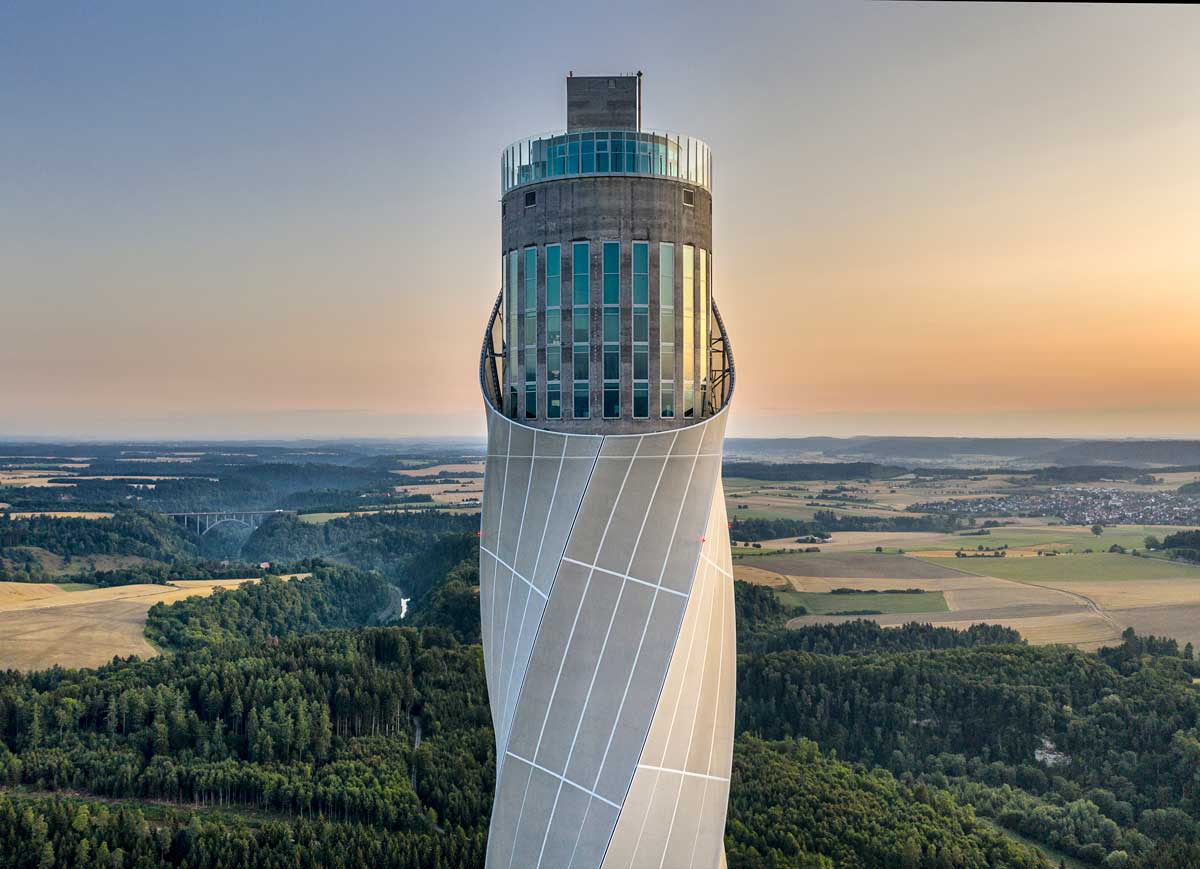
SB: And going even further back to planning, what about standardization on BIM for example from VDI? Where does it leave the elevator and escalator?
EV: Technical guidelines are often the basis for new standards, such as BIM. To this end, work has begun on a new standard in the ISO/TC178/WG 13 working group. VDI/bs 2552 Part 11.5 is a good starting point here.
SB: Let’s broaden the view. What is the (future) role and influence of European legislation via Lift Directive (LD), specifically Machine Directive (MD), but also more generally for example on products or energy?
EV: In general, I am very satisfied with European legislation and standardization. Here, all countries are really taken into account. That’s why I don’t just wear a German hat in Europe, but also a European one. I am a convinced European. The EU has achieved great things in recent decades.
The LD is the partial aspect for elevators of the MD. I consider the distinction based on the speed of the elevator to be pragmatic. The lifting appliances are in good hands in the MD. The 40-series standards of EN 81 cover exactly this group and the distinction is a good one.
When it comes to energy efficiency, the elevator industry has already achieved a lot in the past. I would like to mention energy efficient drives and controllers, standby/shut-down and modern lighting as related technical solutions.
In general, I am very satisfied with European legislation and standardization. Here, all countries are really taken into account. That’s why I don’t just wear a German hat in Europe, but also a European one. I am a convinced European.
SB: There might be people who see also disadvantages in further standardization, cue over-regulation. What would be your response?
EV: Typically, harmonization does not lead to over-regulation – the opposite is the case. Via the EU, there are altogether fewer regulations and, above all, the same ones in all EU countries. By the way, that is also the reason behind the worldwide standardization at ISO.
SB: Where do you see the advantages of (harmonized) standardization in general?
EV: Harmonization is extremely important. The EU approach of standardization guarantees a level of safety that is the same everywhere and simplifies the placing on the market of products. But, of course, it is possible to deviate from standards to a controllable extent, as innovations must be able to be introduced, and that is precisely one of the strengths of European legislation.
SB: What are the trends in standardization?
EV: The trend is clearly towards a global orientation of standardization in elevator manufacturing. In addition, we are facing extensive developments in the digitalization of elevators. Having said that, we still have a lot of work ahead of us to keep up with the rapid developments in IoT, remote services and artificial intelligence.
SB: What else is important for you concerning standardization that you would like to tell the readers all over Europe?
EV: I would like to emphasize the professional work in the responsible bodies. They deal with highly complex issues, and the colleagues always show a high degree of dedication. Standardization is important for the safety of elevators; passengers and customers can be sure that we experts from all over Europe are constantly working to keep our elevators [state-of-the-art technologically]. Admittedly, sometimes it is necessary to meticulously discuss the details, but the results of these discussions make up the quality of a standard.
SB: And in the end, do you have a personal motto?
EV: My motto is moving things forward together! I value direct, open communication and reliability because that leads to fun at work. Standardization is far from boring. As a reward, we all get to see fantastic standards.
Get more of Elevator World. Sign up for our free e-newsletter.
